Last Saturday we visited the Davao Museum at the Insular Village. there where plenty of display at the museum but I chose to post this one because it would be of great information for you guys out there.
Indigenous Communities of Davao
1. ATA - The Spaniards called the people living in the upland areas Atas, lumping many communities together. Today the term Ata applies to the relatively dark skinned indigenous community found in Marilog, Pakibato, Panabo, Carmen, Santo Tomas, Kapalong and neighboring places. Considered the earliest inhabitants, they were pushed into the interiors due to slave raids conducted by more powerful neighboring communities.
2. BAGOBO - The Bagobos inhabit areas from Toril in Davao City, Santa Cruz, Digos and Bansalan in Davao del Sur, to parts of Makilala and Kidapawan in Cotabato. In 1988, Fr. Juan Doyle described the Bagobos as the most advanced and intelligent of pagans in the Philippine Archipelago. The Bagobos are also called Tagabawas in reference to the fact that they live on the slopes of Mt. Apo. "Tagabawa" means living below(Mt. Apo).
3. BLAAN - The Blaans are found in Davao del Sur, South Cotabato, Sultan Kudarat, Maguindanaw and Sarangani, including Sarangani Islands. Fr. Mateo Gisbert called the Blaans the most industrious among the mountain communities. A theory advances the view that the ancestors of the Blaans were the Muslim pottery maker.
4. DIBABAWON - The Dibabawons occupy the Monkayo-Salug area in northern Davao. They are a branch of the Agusanon Manobos who live "dibabao," that is live in the uplands, hence Dibabawon, people from the mountains. They were one of the most feared communities and were constantly at war with the Mandayas.
5. GIANGAN - Also called Klata. The Giangans occupy a very small territory stretching from Catalunan to Calinan within Davao City. "Giangan" means forest dweller. Despite this forest dweller appellation, the Giangans who were feared warrior, where also know for their artistry. They wore the most beautiful and colorful clothes in the Davao gulf.
6. KALAGAN - The Kalagans inhabit pocket settlements scattered around Davao Gulf. Most of their settlements are found at the mouth of a long river. Despite their small population, the Kalagans lorded over the entire gulf by controlling key river systems. In the later Spanish documents, the Gulf Kalagans would be identified by the Spaniards as the Davao Moros.
7. KULAMAN MANOBO - The Kulaman Manobos occupy the West coast of Davao Gulf, with pocket settlement also found on the Cape of San Agustin. The Kulaman Manonobos were fierce warriors. They were not known to practice human sacrifices. However they cultivated a fearsome image by beheading their enemies and displaying their heads on spike planted on the beach as warning to potential enemies.
8. MANDAYA - The Mandayas are found in Davao Oriental, Surigao del Sur, Samal Island, Compostela Valley and the Liboganon river valley. John Garvan called the Mandayas "the greatest and best tribe in Eastern Mindanao." A unique feature of the Madayas and Mansakas is the wearing of a breast disk made of beaten silver called "patina." The Mandayas community is one of the largest minority groups.
9. MANGGUWANGAN - The traditional territory of the Mangguwangans used to encompass upper Agusan, the range between Salug and Agusan, Tagum River, Hijo River, Totoy River and Simulao River. Constant warfare with neighboring communities not only reduced the territory of the Mangguwagans but also their populations. Most recent studies indicate that they are related to the Ata Manobo racially and linguistically. Today the Mangguwagans constitute the smallest tribe in Mindanao.
10. MANSAKA - The Mansakas occupy the areas around Compostela, Nabunturan, Mawab, Maco and Pantukan. They are really a branch of the Mandayas, differentiated only by dialectal peculiarities. "Masakas" means people of the clearings ("Saka"). Like the Madayas, the Mansakas were a warrior community, and they had frequent fights with the Dibabawanos and Mangguwagans.
11. MATIGSALOG - The Matigsalogs are found in the eastern section of Marilog, Davao City, the towns of Kitaotao, Quezon and San Fernando in Bukidnon. "Matigsalog" means people who live along the river ("salog"). In the past, these people where simply lump with the Atas. The Matigsalog and Atas were generally the objects of slave raids by the neighboring communities. Despite this apparent subordination of the Matigsalogs by their neighbors, they were also feared warriors.
12. OBO - The Obos occupy Tambobong, Baguio District, Marilog District (on the Davao side), Arakan, Antipas, Roxas, Magpet, Kidapawan and Makilala (on the Cotabato side). As the Obos lived in very remote areas, the Spaniards failed to identify them as a separate community and simply lump them together with the Atas. For a long time, too, the Obos were lumped together with the Bagobos.
13. SAMAL - Also called Isama or Sama. The Samals inhabit Samal Island situated at the north end of Davao Gulf. Oral tradition say that the Samals were part of the invading force of Sharif Kabungsuwan in Magindanaw. They had come from Johore, and one group was blown of course and landed in Samal Island. The Samals were ultimately absorbed by the Mandayas of Samal Island, and are classified linguistically by the SIL as a Kalagan-Speaking Community.
14. SANGIL - The Sangils or Sangirs or Sangirise, inhabit areas in Davao del Sur and Saragani. They do not form a contiguous territory, but live in pocket communities along the coast. They are descendants of ancient migrants from Sangihe Islands, now part of Indonesia.
15. TAGAKAOLO - The Tagakalolos or Kaolos live in the interior areas of Malita and Malalag in Davao del Sur, and also in scattered settlements on Cape San Agustin in Davao Oriental. As their name signifies, the Tagakaolos are people living in the headwaters ("olo") of rivers, and they tended to live in the interior. Like the Kalagans and Mansakas, the Tagakaolos are a branch of the Mandayas. Spanish documents of the 1880s described the Tagakaolos as a peaceful people, who fought back only when attacked.

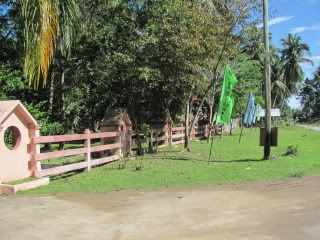
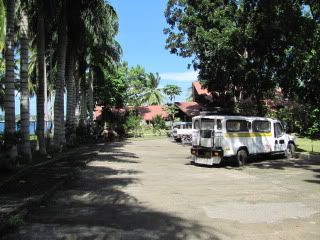


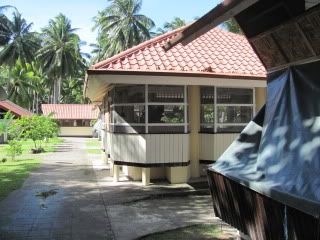
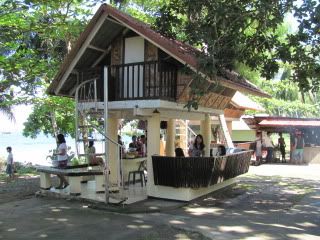
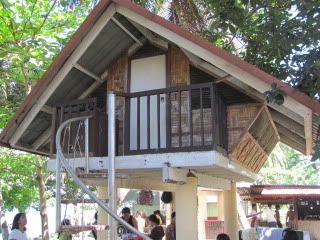
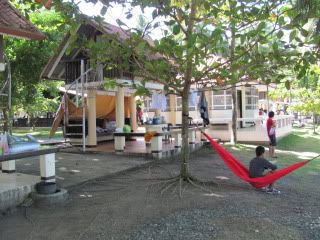
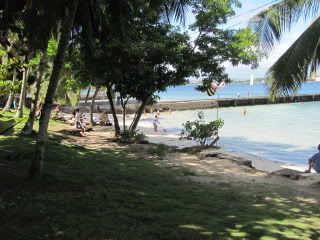
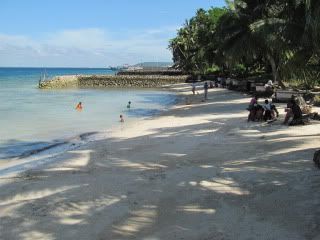
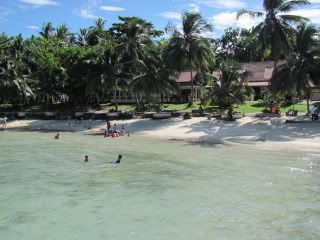
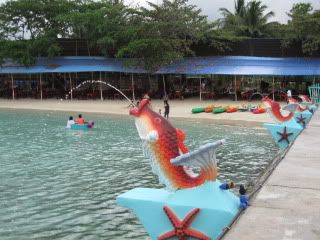
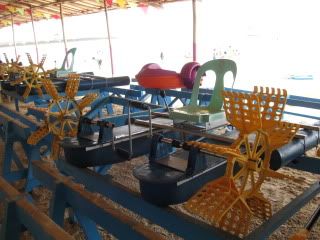
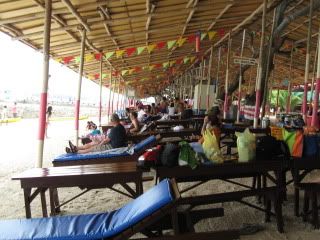
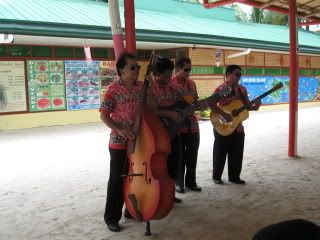
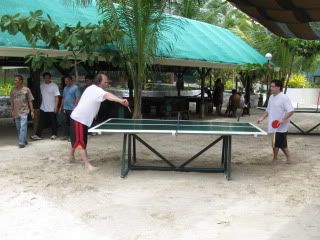

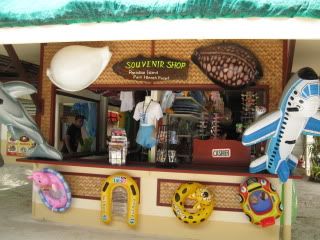
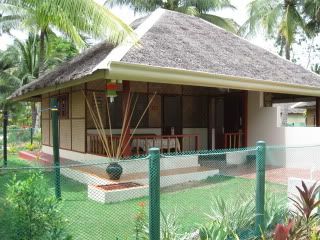
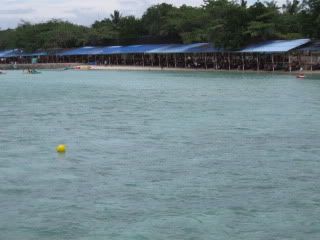
![Reblog this post [with Zemanta]](http://img.zemanta.com/reblog_e.png?x-id=3533a4b7-9fc4-40bf-bb0e-8dad78cdfe5e)